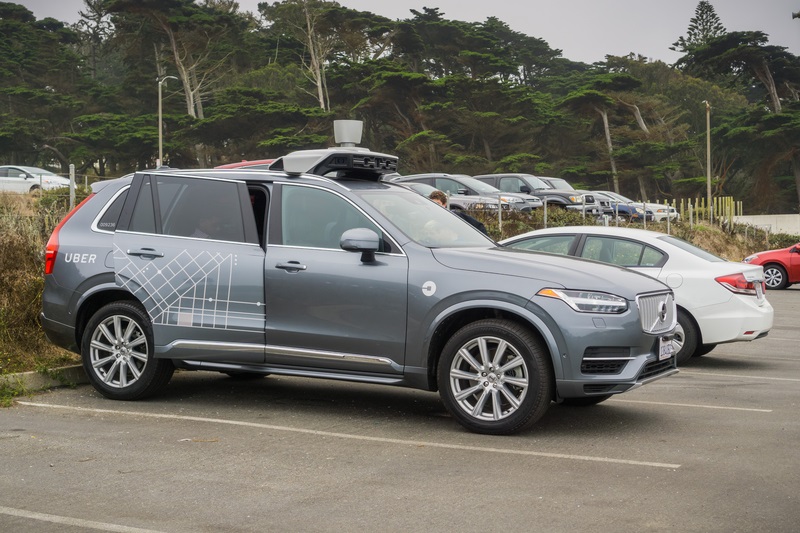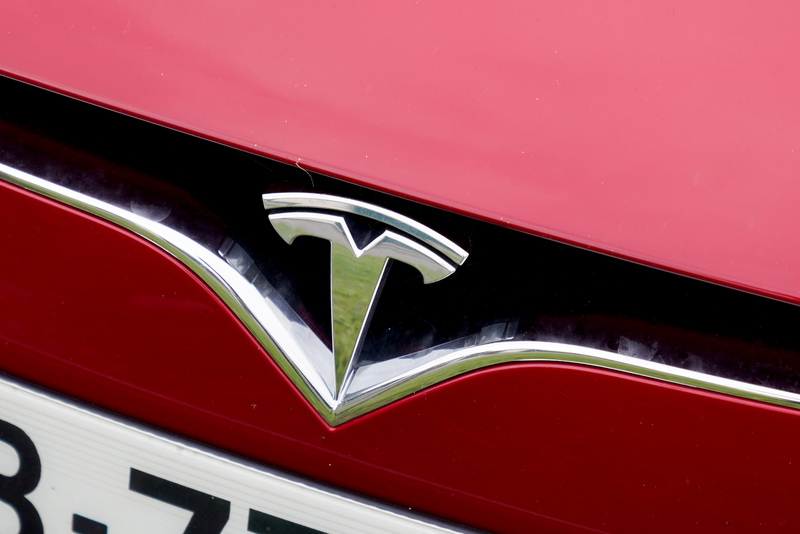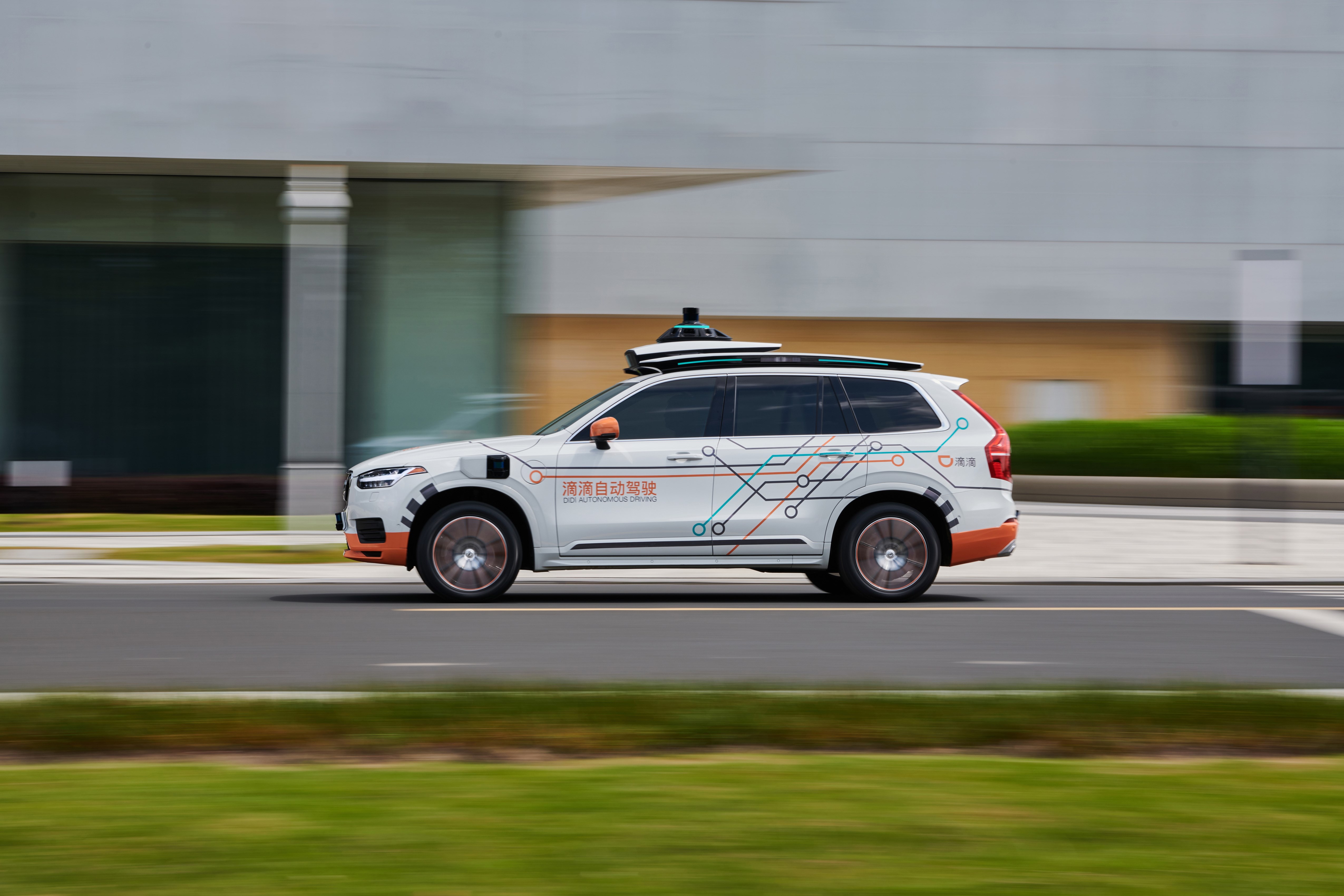
The safety driver who was in an Uber autonomous vehicle (AV) which killed a pedestrian in Arizona in 2018 has been charged with negligent homicide.
Pedestrian Elaine Herzberg was knocked down while crossing the road in Tempe, Arizona.
The Maricopa County Grand Jury in Arizona has charged Rafael Vasquez with one count of negligent homicide for the death.
Vasquez has pleaded not guilty.
“Distracted driving is an issue of great importance in our community,” said county attourney Allister Adel.
“When a driver gets behind the wheel of a car, they have a responsibility to control and operate that vehicle safely and in a law-abiding manner.”
An initial pre-trial conference has been set for 27 October.
Following the fatal incident, a report from the National Transportation Safety Board (NTSB) found that the emergency braking function of the Volvo XC90 had been disabled at the time.
It said the car was “operating with a self-driving system in computer control mode” when it struck Herzberg, who was pushing a bicycle across the road.
According to the NTSB report, Uber said “emergency braking manoeuvres are not enabled while the vehicle is under computer control, to reduce the potential for erratic vehicle behaviour”.
This means that the driver is relied upon to take appropriate action on the road – however, the system “is not designed to alert the operator”.
Investigators found that the car’s self-driving system registered the pedestrian about six seconds before impact, when the vehicle was travelling at 43mph.
The system’s software classified the pedestrian “as an unknown object, as a vehicle, and then as a bicycle with varying expectations of future travel path”.
At 1.3 seconds before impact, “the self-driving system determined that an emergency braking manoeuvre was needed to mitigate a collision”.
Following the death, Uber suspended AV testing and reviewed Uber Advanced Technologies Group’s safety approaches, system development and culture.
It said it had equipped all self-driving vehicles with a third-party driver monitoring system and improved system latency to detect objects and actors sooner and react faster.








